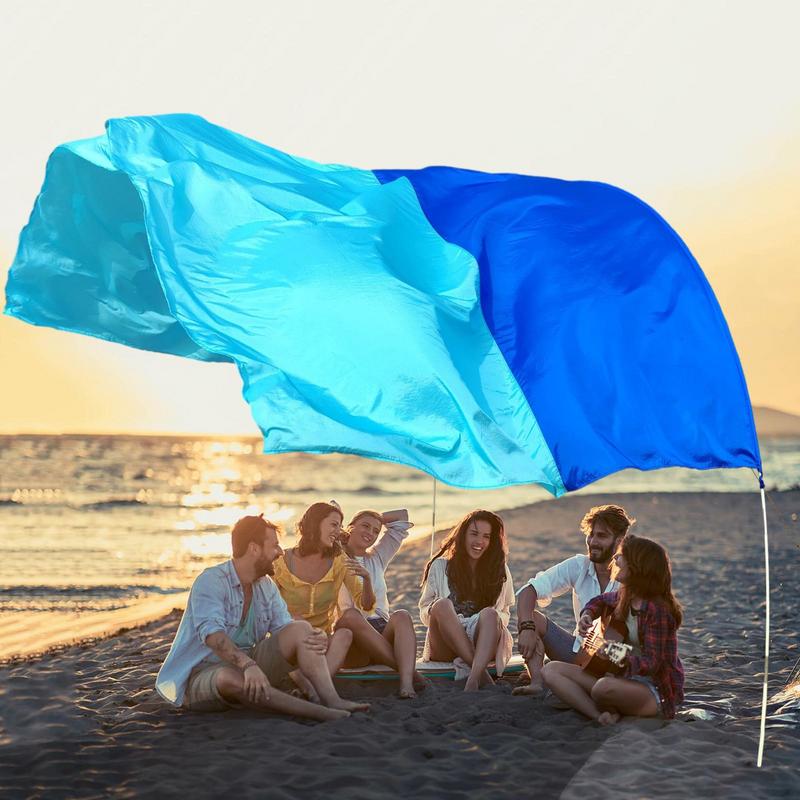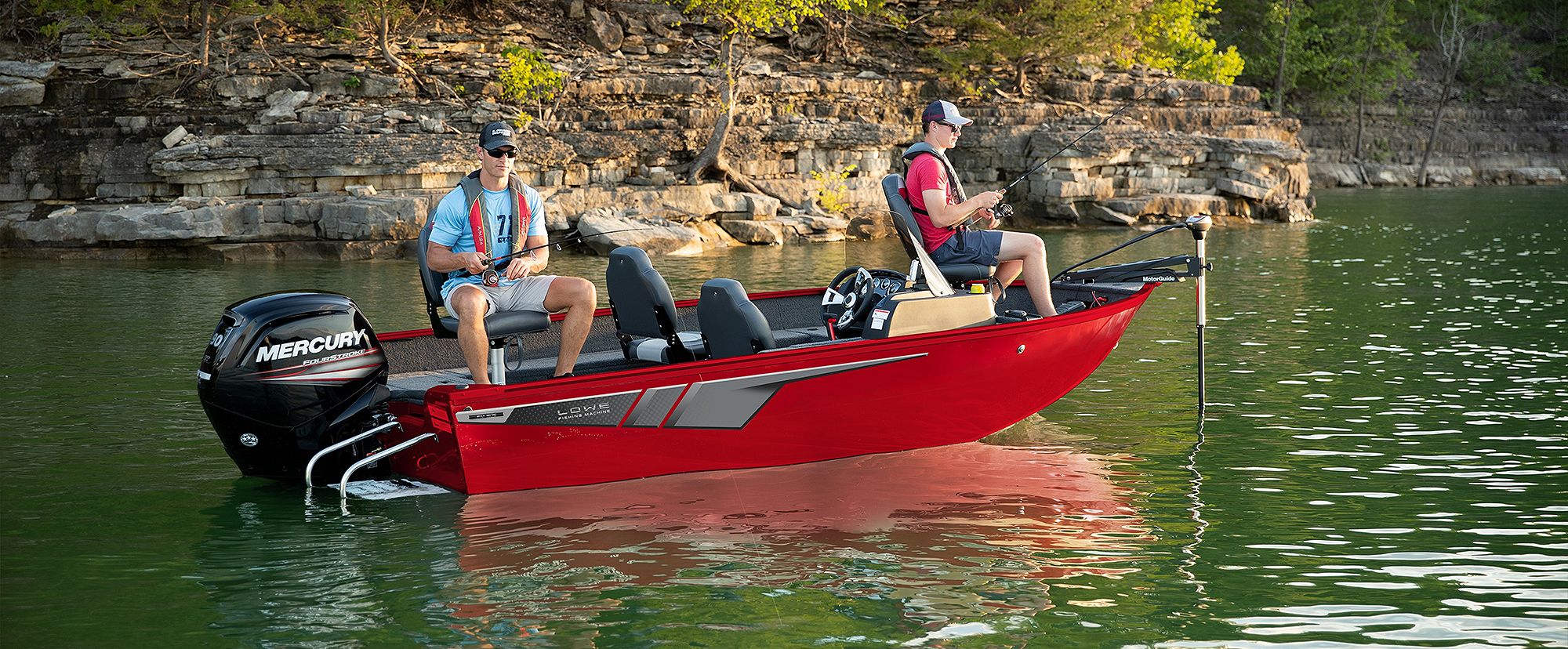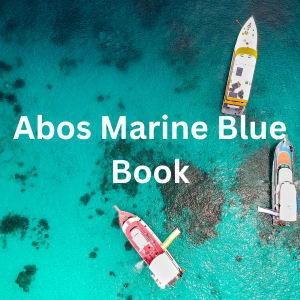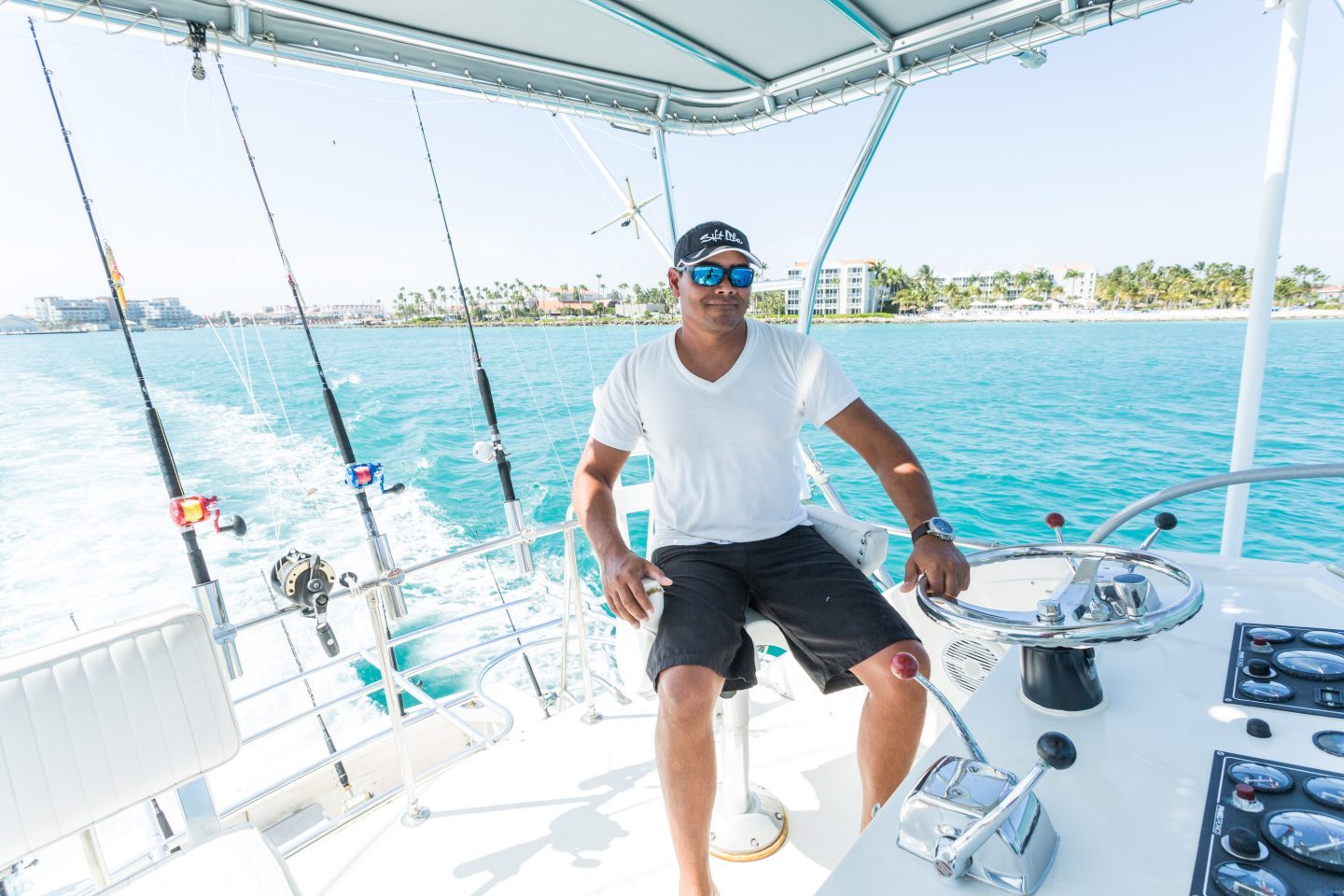Catamaran Advancements: Exploring Modern Design and Performance
Catamarans are watercraft with two parallel hulls of equal size. This design offers enhanced stability and resistance to rolling and overturning compared to traditional monohull boats.
The unique design of catamarans provides them with less hull volume, smaller displacement, and shallower draft. This allows these vessels to navigate shallower waters with ease.
Dating back to ancient civilizations, catamarans were and continue to be used for various purposes like fishing, transportation, and recreational activities like sailing and cruising.
Over time, the design of catamarans has undergone numerous enhancements. Modern catamarans demonstrate impressive performance, speed, and efficiency.
These vessels are available in various types and sizes, catering to different requirements and preferences. Catamarans are ideal for those who prefer stability and comfort for long-distance sailing, families looking for spacious accommodations, and adventure enthusiasts seeking excellent sailing performance.
Key Takeaways
- Catamarans offer improved stability and resistance to rolling compared to monohull boats, making them suitable for various water activities.
- Modern catamarans boast high performance, speed, and efficiency, catering to diverse requirements and preferences.
- The versatile design of catamarans allows for comfortable long-distance sailing and spacious accommodations for families and groups.
History and Evolution of Catamarans
Catamarans, a type of watercraft with two parallel hulls of equal size, have their roots in ancient Polynesia and Micronesia. It is believed that the earliest catamarans were developed by the Austronesians around 1500 to 1000 BC. People from these regions used catamarans as a means of transportation and for voyages across the vast expanse of the ocean (source).
Catamarans were created as an evolution of simple rafts, which typically consisted of two logs bridged by planks (source).
Nathanael Herreshoff, an American naval architect, played a significant role in the modern development of catamarans in the 20th century. As a pioneer of multi-hull design, he constructed his first twin-hulled vessel "Amaryllis" in 1876. This innovative design provided versatility and stability in various weather conditions, setting the foundation for the future of catamaran designs (source).
Throughout history, catamarans have been used for a wide variety of purposes, including exploration, trade, and war. Their enhanced stability and speed compared to traditional single-hulled vessels made them an attractive option for military operations.
The two parallel hulls create less hull volume and smaller displacement, which also make them suitable for water sports and leisure activities (source).
Over time, catamaran designs have continued to evolve and adapt to different needs and advancements in technology. Today, catamarans can be found in various sizes and configurations, including sleek racing models, luxury/power catamarans, and even small beachable options (source).
Types of Catamarans
Sailing Catamarans
Sailing catamarans are a popular type of multihull boat that utilize sails as their primary means of propulsion. These boats are known for their stability and efficiency, thanks to their two separate hulls.
They vary in size, ranging from 14 ft (4.5 m) to 100 ft (30.5 m) and can have different designs like sea cruisers with a weather deck, boats with cabins, and others.
The main components of a sailing catamaran are:
- Hulls: Two parallel hulls of equal size provide buoyancy and stability.
- Mast: A vertical pole that supports the sails.
- Sails: Fabric structures that catch the wind to propel the boat.
A well-known advantage of sailing catamarans is their eco-friendliness, as they harness wind power and use auxiliary engines only in certain situations like navigating ports, marinas, or emergencies.
Powered Catamarans
Powered catamarans, also known as motor catamarans, utilize engines to propel them through the water. Like their sailing counterparts, powered catamarans also feature two parallel hulls, providing exceptional stability and comfort.
A typical powered catamaran consists of:
- Hulls: Two parallel hulls of equal size that support the boat's structure.
- Engines: One or multiple engines, usually installed in each hull, provide propulsion.
- Cabin(s) and Deck: Space for passengers, often with seating areas and accommodations.
Design and Construction
Hull Design
The hull design of a catamaran is crucial in determining its performance and stability.
Catamarans typically have narrow hulls, which increases their prismatic coefficient (Cp) to achieve higher speeds. A Cp value between 0.61 and 0.65 is suitable for most multihulls.
In addition to the hull shape, the materials used in construction greatly affect the overall strength and weight of the vessel. Common materials include wood, fiberglass, composites, aluminum, and PVC.
Sail Area and Rigging
Sail area and rigging play a significant role in the overall performance of a catamaran.
Larger sail areas provide more power, while a well-designed rigging system distributes the load evenly across the boat, ensuring stability and reducing the risk of heeling.
It is important to balance these aspects to maintain both speed and safety.
Interior Design
The interior design of a catamaran should prioritize both comfort and functionality.
A well-thought-out layout helps make the most of the limited space onboard while also ensuring easy access to key areas such as the galley, berths, and navigation stations.
Materials selected for the interior should be lightweight and resistant to moisture, as this contributes to both the overall stability and performance of the vessel.
Performance and Handling
Speed and Efficiency
Performance cruising catamarans are known for their speed and efficiency.
Due to their lightweight construction, they can achieve greater speeds compared to monohulls of a similar size.
A significant factor contributing to their performance is the large sail area and light weight, which allows them to catch even the slightest breeze and maintain good boat speed.
Furthermore, the use of carbon fiber masts and booms can help lower the center of gravity, thereby increasing speed and handling.
Notable features that influence catamaran speed include:
- Size: Larger catamarans typically offer more performance due to their longer waterline length.
- Beam: The width of the catamaran affects its overall stability, with wider beams providing more stability at high speeds.
- Resistance: Reduced resistance in the water due to streamlined hull shapes contributes to higher speeds and better performance.
Maneuvering and Stability
One of the advantages of catamarans is their exceptional maneuverability and stability. Catamarans are known for their righting moment, which makes them inherently less prone to rolling compared to monohulls. This leads to increased stability while under sail and at anchor.
Handling a performance catamaran can be quite manageable, even for a novice multihull sailor. However, there is a significant difference between merely "getting by" and sailing efficiently, safely, and effectively on such a boat.
Essential aspects of maneuvering a catamaran include:
- Tacking: Catamarans tend to lose more speed during tacking than monohulls, so it is crucial to minimize speed loss while maintaining momentum.
- Stability: Catamarans offer more stability, especially when sailing upwind, providing a more comfortable experience for passengers.
- Maneuvering in close quarters: Due to their wide beams and dual engines, catamarans can be more maneuverable in tight spaces, making docking and marina navigation easier.
Size and Capacity
Dimensions and Space
Catamarans come in a variety of sizes, with lengths ranging from 8 to 50 feet, and the average size being between 20-30 feet 1. This diversity in size makes them suitable for a wide range of applications, including single-person vessels, family cruises, and ocean-going adventures.
The beam of a catamaran, or its width, is an essential factor contributing to the living space and stability of the vessel. A wider beam can offer more space for staterooms, saloons, and galleys, as well as increased stability on the water 2.
The living space on a catamaran typically includes 2 to 3 berths for catamarans in the 35-40 feet size range, which can accommodate up to 4 people comfortably, or perhaps 6 for shorter durations2. Larger catamarans, in the 40-50 feet range, may feature 3 to 4 berths, with one being a spacious master suite holding a queen-sized bed2.
Carrying Capacity
A catamaran's carrying capacity depends on its dimensions, particularly its length overall (LOA) and its sail area. As the size increases, so does the carrying capacity, which is essential for long-term sailing trips, as it determines the amount of provisions, belongings, and equipment that can be stored onboard3.
The ideal catamaran size for sailing around the world is between 45-50 feet4. A 30-foot catamaran is the smallest size with sufficient storage space for long-term provisions and a cabin. A massive 55 to 60-foot catamaran is typically the upper limit for comfortable long-term sailing4.
Well-known Brands and Manufacturers
In the world of catamarans, several notable brands and manufacturers stand out for their quality, innovation, and performance. Each of these brands has made a name for themselves in the industry by offering exceptional models that cater to various needs and preferences. Here are some of the key players in the catamaran market.
Lagoon is a popular French brand that produces luxurious and spacious sailing catamarans. Known for superior build quality and innovative designs, they offer models ranging from 38-78 feet. Lagoon catamarans are designed for both comfort and performance, making them ideal for families and experienced sailors alike. Popular models include the Lagoon 450 and Lagoon 52.
Leopard catamarans are known for their durability and refined construction. With their excellent design and great handling, Leopard takes the lead among many catamaran enthusiasts, as demonstrated by the Leopard 48. The brand continuously pushes the standards well past industry norms, achieving both recognition and appreciation from the sailing community.
Fountaine Pajot is another French manufacturer that offers an impressive range of catamarans with outstanding performance and comfort. They have a reputation for producing efficient, eco-friendly catamarans that maximize space and utilize innovative technology. Notable models from Fountaine Pajot include the Lucia 40 and Aquila 44.
Additionally, here are some other brands worthy of mentioning in the catamaran industry:
- Bali Catamarans is a newer brand, established in 2014, that hails from the well-known Catana shipyard. These catamarans are known for their speed, lightness, and easy maneuverability. They offer versatile and innovative layouts, making them a top choice for many modern sailors. More information can be found at Better Sailing.
- HH Catamarans is a relatively new player in the performance catamaran world, having launched in 2012. Despite being a newcomer, HH Catamarans is giving more established brands a run for their money with their high-quality performance boats. You can find more details about HH Catamarans at the Rightboat blog.
Lifestyle and Use Cases
Catamarans are versatile sailing vessels that cater to various lifestyles and use cases. They offer ample living space, making them ideal for recreational sailing, racing, and even full-time living aboard. In this section, we'll explore different aspects of catamaran life and how they adapt to various needs.
Recreational Sailing
Recreational sailing with catamarans offers the perfect opportunity for memorable vacations and thrilling adventures.
Due to their stability and ample living space, catamarans are ideal for family trips or even for groups of friends looking for a unique sailing experience.
During these voyages, you can enjoy cruising to picturesque destinations, snorkeling, fishing, or simply sunbathing on the deck.
Here are a few benefits of recreational catamaran sailing:
- Stability: Catamarans have a reduced risk of capsizing due to their two hulls, providing reassurance and comfort.
- Spaciousness: With ample room for accommodations, you can entertain guests, store gear, and enjoy leisure activities.
- Shallow Draft: Navigating shallow waterways is effortless, allowing you to explore hidden coves and secluded beaches.
Racing and Sport
Catamarans are also popular in the racing and sport category due to their performance characteristics.
Sailors who participate in competitive events will appreciate the speed and agility that catamarans offer.
In fact, certain catamarans have set speed records in various competitions.
Notable features of catamarans for racing and sport include:
- Streamlined Design: Built to minimize drag and optimize wind flow, these vessels can reach impressive speeds.
- Lightweight Construction: By using high-tech materials, racing catamarans maintain performance without compromising strength.
Living Aboard
Living on a catamaran is becoming an increasingly popular lifestyle choice, especially among those seeking a sustainable, unconventional way of living.
Due to their ample living space and stability, catamarans are well-suited for full-time living.
Here’s what you can expect when living aboard a catamaran:
- Cozier Living Space: While not as spacious as a land-based home, catamarans offer comfortable living areas, including kitchens, bedrooms, and bathrooms.
- Sustainable Practices: Living on a catamaran requires efficiently managing resources, reducing the use of disposable items, and promoting eco-friendliness.
- Life at Sea: Embracing the boating community, experiencing new destinations, and facing various challenges make living on a catamaran a unique and rewarding experience.
Technology and Innovations
The world of catamarans has seen tremendous growth in technology and innovation in recent years.
Many designers and manufacturers have pushed the boundaries of design to deliver cutting-edge and more efficient vessels to the market.
One of the leaders in this field is Sunreef Yachts, constantly incorporating avant-garde technology and ideas into their luxury catamarans and multihull superyachts. Some of their innovations include:
- Sustainable materials: The use of eco-friendly materials, such as natural fibers and recyclable composites, reduces the impact on the environment.
- Solar power integration: Implementation of solar panels into the design of the vessel, providing clean and renewable energy for onboard systems.
- Advanced hull designs: Refining hull shapes and materials to optimize performance, comfort, and stability.
Another notable innovator is Xquisite Yachts, who have redesigned the interior and hull of their X5 model based on the Dean Cat 5000. This innovation delivers significant improvements in space utilization, performance, and efficiency.
The rise of sustainable hybrid and electric propulsion systems in the catamaran market is attributed to the efforts of companies like Greenline, Silent Yachts, Candela Boats, and Alva Yachts.
These manufacturers are revolutionizing the boating industry by integrating electric motors, solar panels, and battery storage systems into their catamarans.
Moreover, the application of wingsail technology in sailing catamarans has the potential to increase speed and efficiency while reducing fuel consumption.
Purchasing and Ownership
Buying a Catamaran
When buying a catamaran, it is essential to consider the size and the intended usage.
The cost of a catamaran varies significantly based on these factors.
A new 30-foot catamaran averages $144,000, while a used one can range from $29,000 to $134,000.
Meanwhile, a new 50-foot catamaran costs approximately $751,000, with used ones ranging from $203,000 to $690,000.
To help cover the costs, some catamaran owners choose to charter their boats part-time, which can generate income and make the investment more financially manageable.
Some popular catamaran brands include Fountaine-Pajot, Gemini, Lagoon, and Nautitech.
Safety should not be overlooked when purchasing a catamaran. Ensure the vessel has been well-maintained and built with high-quality materials. Perform thorough inspections and sea trials before making a final decision.
Maintenance and Upkeep
Owning a catamaran involves regular maintenance and upkeep to ensure its longevity, safety, and efficiency.
The average annual cost of maintaining a catamaran ranges from $2,805 to $10,950, depending on the size and age of the boat.
The following is a list of essential maintenance tasks for catamaran owners:
- Hull: Regularly inspect hulls for cracks or damage, and clean them to prevent the growth of marine organisms that can lead to inefficiency.
- Engine: Conduct regular engine servicing and oil changes to maintain optimal performance.
- Sails: Inspect sails for wear and tear, and repair or replace them as needed.
- Rigging: Regularly check and tune the rig to maintain sail shape and efficiency.
- Electronics: Ensure all electronic systems are functioning correctly and maintained to prevent corrosion or other issues.
- Safety gear: Regularly inspect and service life jackets, life rafts, and fire extinguishers.
In addition to routine maintenance, catamaran owners should be prepared for unexpected repairs or issues that may arise.
Preparing a budget for these expenses helps mitigate financial stress and ensures the vessel remains seaworthy and safe.
Remember to prioritize safety and efficiency when considering maintenance tasks to guarantee enjoyable and secure sailing experiences.
Comparative Analysis
Catamarans vs. Monohulls
Catamarans are known for their stability and speed, while monohulls are traditional single-hulled vessels.
A comparative analysis reveals that catamarans provide less resistance and tend to perform better in terms of speed than monohulls.
Stability and Comfort:
- Catamarans: Due to their twin-hull design, catamarans offer better stability, reducing the rolling motion experienced on board.
- Monohulls: Single-hulled vessels are more prone to rolling motion, which can result in discomfort for passengers.
Speed and Performance:
- Catamarans: The reduced resistance provided by the twin-hull design allows catamarans to achieve higher speeds than monohulls.
- Monohulls: These vessels are generally slower and require more power to achieve similar speeds as catamarans.
Catamarans vs. Trimarans
Trimarans, like catamarans, are multihull vessels but with three hulls instead of two. They offer some advantages over catamarans in certain areas, but the choice between the two ultimately depends on the intended use of the vessel.
Stability and Comfort:
- Catamarans: The stability provided by the twin-hull design enables catamarans to have a comfortable, smooth sailing experience.
- Trimarans: With three hulls, trimarans also offer great stability and a similar level of sailing comfort as catamarans.
Speed and Performance:
- Catamarans: Catamarans are known for their speed and efficiency due to the reduced drag from their hulls.
- Trimarans: Trimarans often have a narrower central hull, which can result in less drag and ultimately higher speeds compared to catamarans.
Safety and Regulations
When sailing a catamaran, it is important to prioritize safety and adhere to relevant regulations.
Good preparation, coupled with a proper understanding of the boat's components, can lead to a safer and more enjoyable experience.
Primary to the quest for safety is the vigilant attention given to weather reports.
Sailing within a catamaran's safe sail limits helps avoid accidents and capsizing.
For more detailed information on safe sailing techniques, refer to this article on cruising catamaran safety.
Furthermore, it is essential to steer clear of high-latitude sailing and to drift down to overboard victims.
Since catamarans cannot sink due to their positive buoyancy, they offer a relatively safe platform for sailing.
However, ensuring that the propellers, rudders, and steering wheels function optimally is essential for smooth and risk-free navigation.
Pay special attention to the following components:
- Propellers: Ensure they are clean and free of debris to maintain efficient propulsion
- Rudders: Inspect them for damage and confirm their proper alignment for precise steering
- Steering wheel: Test the steering mechanism by turning the wheel, checking for any unusual resistance or lack of responsiveness
Additionally, maintaining the crew's well-being creates a safer environment for everyone onboard.
It is crucial to avoid fatigue as it can dampen quick decision-making abilities.
Fatigue is less likely on catamarans due to their stability, making it easier for crews to rest and sleep during rough seas.
Extra caution must be exercised when reefing or making sail changes to minimize the risk of falling overboard.
For more tips on crew safety, read the Catamaran Safety article on Catamaran Guru.
Lastly, adhering to regulations is vital when operating a catamaran.
In the United States, the Coast Guard mandates that recreational boaters must have a valid license, also known as a boating safety certificate.
Ensure to meet the minimum age requirement of 16 years and acquire a license before embarking on a catamaran voyage.
For more information on licensing requirements, consult this article on sailing catamarans.
Frequently Asked Questions
What are the distinguishing features of a catamaran compared to other types of sailboats?
A catamaran is a sailboat with two parallel hulls connected by a bridge, providing stability and reduced drag, enabling higher speeds.
In contrast, traditional sailboats, known as monohulls, have a single hull. Catamarans are known for their spacious interiors and increased stability compared to monohulls. They are utilized for sailing, cruising, and racing. You can learn more about catamaran basics in this Mastering Catamaran Sailing: Essential Guide & Tips to Navigate the Waters.
How do the prices of catamarans vary depending on size and brand?
Catamaran prices can vary significantly based on size, brand, and added features.
Smaller catamarans are generally more affordable, while larger and luxury models can cost significantly more.
Factors such as hull material, equipment, and age also play a role in determining the price.
It's essential to research and compare brands and models to get an accurate understanding of the market and make an informed decision.
What should one consider when choosing a catamaran for a liveaboard lifestyle?
When selecting a catamaran for a liveaboard lifestyle, consider factors such as comfort, storage, privacy, and the quality of living spaces.
Additionally, think about the vessel's sailing performance, ease of handling, and safety features.
It's essential to find a catamaran that balances the needs of living aboard with efficient and enjoyable sailing characteristics. This article provides useful tips on how to sail a catamaran like a pro.
What are the primary differences between a sailboat catamaran and a power catamaran?
The main difference between a sailboat catamaran and a power catamaran is propulsion.
While sailboat catamarans rely on sails for movement, power catamarans are equipped with engines and do not use sails.
Power catamarans can offer higher speeds and more interior space but may consume more fuel compared to sailing catamarans.
What factors typically drive the high cost of catamarans?
Several factors contribute to the high cost of catamarans.
These include increased material and construction costs due to the dual-hull design, as well as the added complexity of having two separate engines.
Furthermore, catamarans are often built with advanced materials for weight reduction and increased performance, which may also result in higher prices. The Boating Guide offers more information on catamarans, including their purpose and characteristics.
How does the interior layout of a catamaran differ from that of a traditional monohull sailboat?
Catamarans tend to have more expansive interiors than monohull sailboats. This is due to their wider beam, which results from having two hulls instead of one.
The increased living space allows catamarans to feature larger cabins, more open living areas, and additional storage options compared to monohulls. Furthermore, their layout often results in a more stable platform when anchored or under sail, improving comfort and safety for those on board.
Charlie is Editor-in-Chief of Sea Magazine







